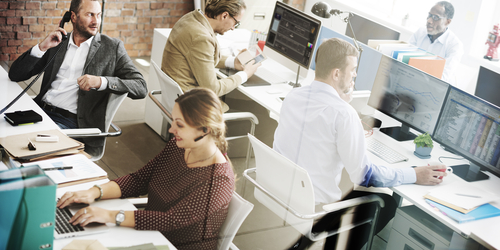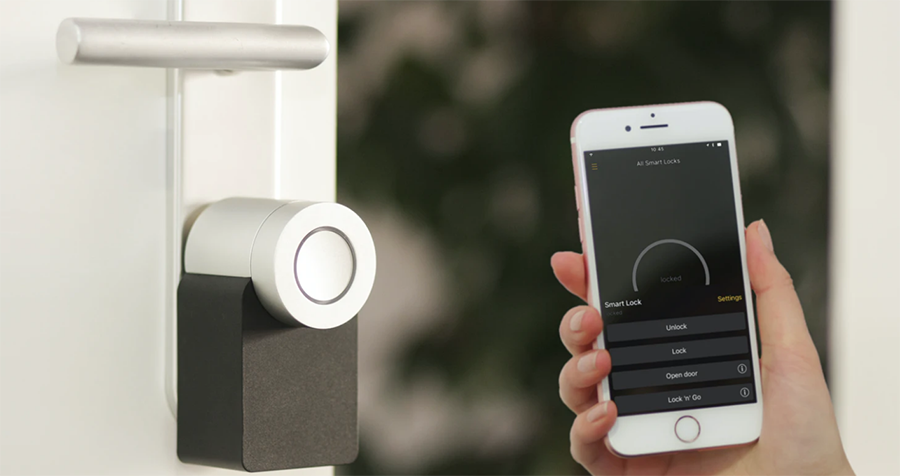Plans to return to an office require pre-planning to prevent you or your co-workers from becoming ill. It is a big step to re-enter the world of in-person offices, shared equipment, and work-related amenities. Here are seven tips to help you make the transition.
Evaluate the Space
When returning to an office space consider how the building or office was maintained during COVID-19. If the building was completely shut down, or simply vacated, it is important to test for mold, mildew, rodents, and insects which may have developed in your office.
Check the HVAC system and run the entire system for a week before anyone re-enters to work for long periods of time. If windows can be opened, they should be, to increase the amount of fresh, moving air. Have all water faucets, fountains and sinks tested when re-opening after a facility closure to minimize the risk of Legionnaires’ disease.
Identify Areas That Could Pose a Risk
Areas in offices or buildings that were previously used with no thought of contamination now require attention. During COVID-19, to minimize re-occurrences or clusters of illness, consideration must be given to any area used by more than one person. Meeting rooms, break rooms, cafeterias, waiting areas, entrances and exits need to be cleaned and sanitized many times throughout the day.
Pay special attention to high contact areas like doorknobs, light switches, faucets, shared office machinery, and any other surface that gets touched by multiple people during a workday. If you have a waiting area, remove magazines and books that would normally be available for guests to share.
Modify Your Spaces
Whether they live in a trendy Chicago neighborhood like Lincoln Park or a suburban area of New York, most of your employees are probably used to working from home. That said, you should ensure that seating and office workstations are modified to allow at least six feet between workers to make sure everyone is comfortable. Limit the number of chairs in communal areas and install transparent shields between spaces. Install touch-free trash bins throughout the office and contactless paper towel dispensers in washrooms. Use brightly colored masking tape to define areas and furnishings.
You will need strong visual clues to remind workers where they can stand, sit, and converse.
Food and Beverages
If the office has provided snacks, meals, and beverages, now is the time to purchase individual servings in single-use packaging.
Think back to kindergarten when you were taught not to share lollipops or straws and apply those lessons today. The communal coffee pot was a great place to chat with your co-workers but during COVID-19 not only should you not chat up close, but you probably should bring your own coffee, in your own thermos, with your own mug from home. The same is true for snacks and meals. There are many choices for re-usable lunch packaging that you fill at home and take home to wash and use again. A personal water bottle should also be used.
Clean, Clean, Clean
Add cleaning and disinfecting routines to your day. Wipe office equipment like computers and telephones with alcohol-based wipes before using them; do this a few times during the day and then again when you leave. This may seem excessive but if it helps you remain virus-free it is worth the effort. If you touch office machinery that is used by other people, consider disposable gloves that are tossed after every use.
Continue with the CDC guidelines for handwashing—20 seconds minimum—and use hand sanitizer frequently throughout the course of the day.
Schedules
If possible, a return to office plan should include a staggered schedule for workers. Try an every-other-week approach for a few weeks and gradually ease into a Monday/Wednesday/Friday and Tuesday/Thursday schedule.
As people become familiar with new routines and calendars it will become second nature. Create policies that protect everyone and do not deviate from them. Post signage at all appropriate spots and in all electronic communications about mask and health testing policies.
What If?
Should someone become ill at work they should be isolated from everyone immediately and sent home with instructions on how to follow-up with their doctor’s office or clinic? Employees cannot return to work until they meet the criteria to no longer isolate. Everything that was touched by an employee who is ill must be cleaned and sanitized thoroughly. Daily in-person health screening can be done before people enter the offices or even the building. Make sure everyone is notified of the procedures to maintain a healthy work environment for all.
The creation of a back to work plan will help alleviate some of the stress that occurs when people return to work after months of quarantine. Following guidelines set up by the CDC will help you and everyone in your office return to work in a safer environment.
This article was written by Edwin Rubio.
Edwin Rubio is the VP of Sales at Vapor Empire, a Los Angeles based E-Cigarette retailer. He has a B.A. in Business Administration from California State University, Fullerton with experience in marketing and small business management. From private start-ups to public Fortune 500 companies, he has grown his skills in full-cycle marketing, strategic sales, data analytics, and project management. Edwin strives to develop ongoing connections and fruitful relationships on a daily basis.











